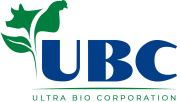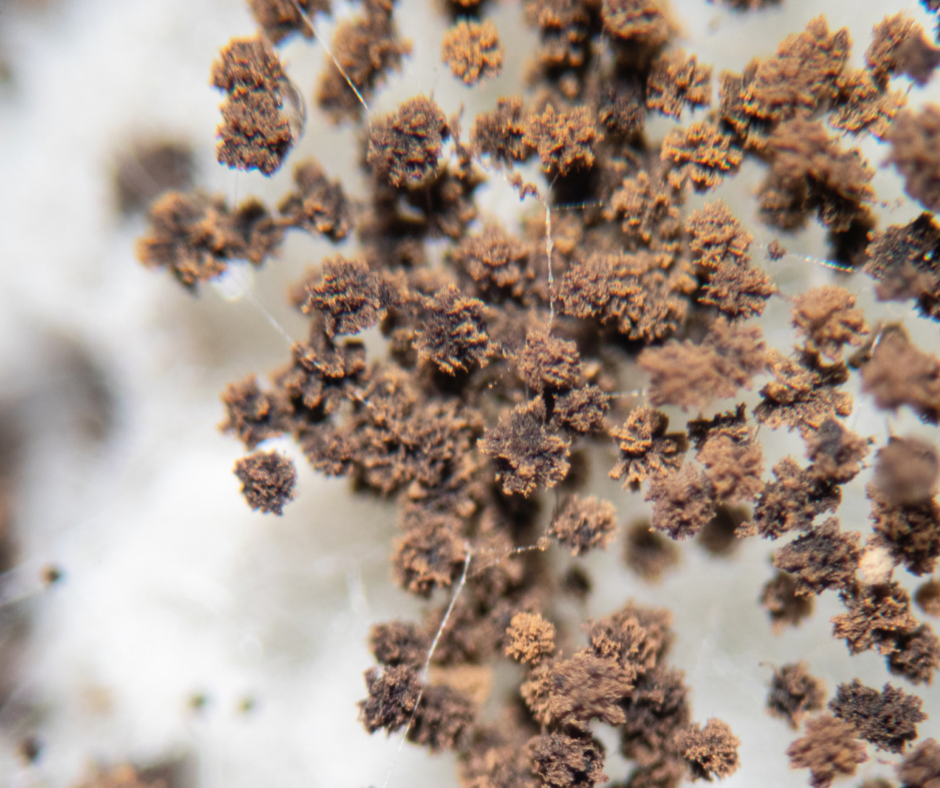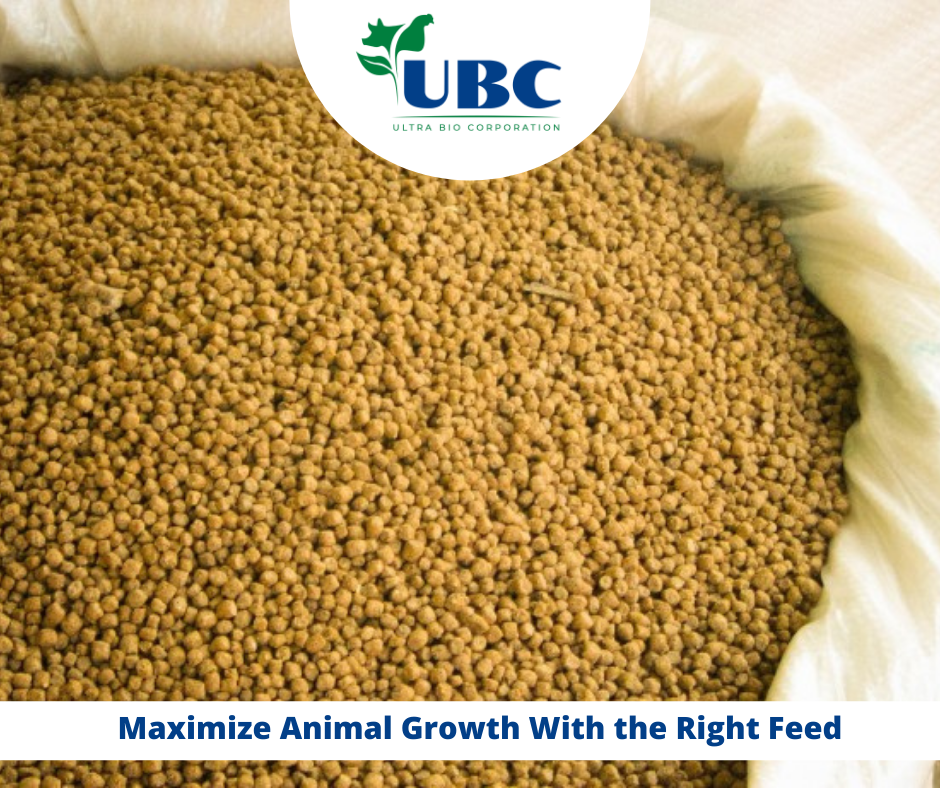Mycotoxicosis is a condition that is brought about by the presence of naturally occurring Mycotoxins produced by fungal growth in feed, or feed components. Conditions such as wet or humid environments, extended storage, and poor quality ingredients all contribute to the presence of these toxins in animal feed, particularly in countries like the Philippines. These fungi can grow at practically any point in the production of feed, starting from the very growing and harvesting of the crops used, to the moment the feed is consumed by animals.
To get around he mycotoxin problem, common practice involves the use of toxin binders, and while this practice has been in place here in our country for a significant amount of time, mycotoxins are extremely potent, and even small amounts are known to cause considerable deficits in the growth and development of livestock. Small amounts barely at trace levels can cause long-term problems, suppressing the immune system, reducing nutrient levels, and affecting livestock quality. The truth is that it’s simply impossible to catch enough of the mycotoxins in feed to eliminate the possibility of negative effects in an animal. To make matters worse, being in the tropics, practically all farms in the Philippines face some degree of Mycotoxin challenge.
In an article by Benison Media, effects of Mycotoxicosis in poultry include:
“A dry and firm gizzard with sometimes mucosal erosions, catarrhal enteritis and proventricular haemorrhages.
Visceral gout with white urate deposits throughout the body cavity and internal organs.
Impaired coagulation of blood, impaired phagocytosis, anemia, decreased skeletal integrity.
Nephropathy; degenerative /necrotic changes which are more pronounced in proximal convoluted tubules than distal.
Reduced spontaneous activity, hypothermia, huddling, diarrhea, rapid weight loss and death.”
If your flock is suffering from any of these symptoms, you may already be in a Mycotoxin crisis. UBC carries innovative, industry-changing products that deal with the dangers of Mycotoxicosis. If you are facing a Mycotoxin challenge, ask your UBC Sales manager about our line of NBG products, and find out how they can help improve your bottom line.



